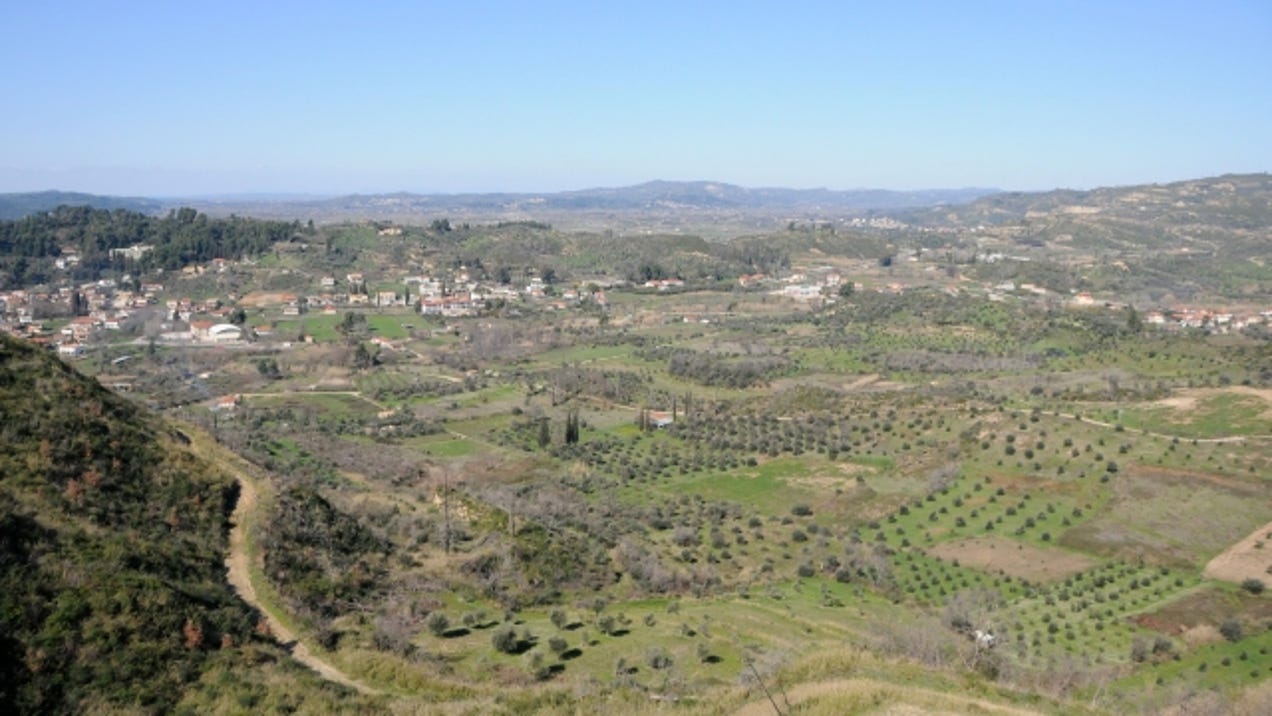- Tue Jul 12, 2011 8:41 am
#3054
The Lost City where the Olympics began may have been destroyed by tsunamis.
The Olympic Games first began in the ancient Greek city-state of Olympia. For all its fame, the city suffered a mysterious fate, destroyed by an unknown natural disaster. Now it looks like tsunamis were the culprit...despite being 30 kilometres inland.

The origins of the ancient Olympics are shrouded in mystery, but the generally accepted date for the first Olympiad is 776 BCE, and the games endured for an incredible 1,170 years before the Emperor Theodosius I suppressed them in 394 CE because they were too reminiscent of paganism. The city remained inhabited for another 150 or so years, but by around 551 CE Olympia lay in ruins, and it wouldn't be until 1829 that it would be rediscovered and excavations could begin.
So what happened to this city, arguably the most important in the entire history of athletics? Until now, nobody was quite sure. Earthquakes were seen as the most likely possibility, and then covered by repeated flooding of the nearby Kladeos River. But Olympia was first discovered beneath layers of sediment up to eight meters thick - that doesn't seem like the work of a tiny river, says researcher Dr. Andreas Vött:

The arrangement of the city's ruins also tell a story. Vött points to the Temple of Zeus, one of the most famous sites in the city-state and a centre for the local cult's devotion to the Greek gods. If the city had been destroyed in an earthquake, the temple ruins would have crumbled all on top of each other. Instead, the ruins are "floating" in the sediment, as though they were ripped apart by powerful bursts of water and then scattered.
These tsunamis must have been very powerful - Olympia used to lie thirty kilometres inland, eight kilometres more than its present position. What's more, the site itself lies about 33 meters above sea level. The tremendous waves were probably helped along by the surrounding geography, in which water could flow through the surrounding hills via low-lying saddles and thus accumulate in the vicinity of the city-state.
io9
The Olympic Games first began in the ancient Greek city-state of Olympia. For all its fame, the city suffered a mysterious fate, destroyed by an unknown natural disaster. Now it looks like tsunamis were the culprit...despite being 30 kilometres inland.

The origins of the ancient Olympics are shrouded in mystery, but the generally accepted date for the first Olympiad is 776 BCE, and the games endured for an incredible 1,170 years before the Emperor Theodosius I suppressed them in 394 CE because they were too reminiscent of paganism. The city remained inhabited for another 150 or so years, but by around 551 CE Olympia lay in ruins, and it wouldn't be until 1829 that it would be rediscovered and excavations could begin.
So what happened to this city, arguably the most important in the entire history of athletics? Until now, nobody was quite sure. Earthquakes were seen as the most likely possibility, and then covered by repeated flooding of the nearby Kladeos River. But Olympia was first discovered beneath layers of sediment up to eight meters thick - that doesn't seem like the work of a tiny river, says researcher Dr. Andreas Vött:
"Both the composition and thickness of the sediments we find in Olympia do not go with the hydraulic potential of the Kladeos River and the geomorphological inventory of the valley. It is highly unlikely that this could have been the work of this creek."Vött says Olympia was the victim of flooding, but by something far larger than the tiny Kladeos - namely, the Mediterranean Sea. An expert on ancient tsunamis, Vött says these monstrous waves likely hit Olympia over and over again, eventually burying it in the thick sediments that modern archaeologists found in under in the 19th century. Vött says there's little doubt the sediment came from the sea, considering the abundant presence of mollusc and gastropod shells as well as various marine micro-organisms.

The arrangement of the city's ruins also tell a story. Vött points to the Temple of Zeus, one of the most famous sites in the city-state and a centre for the local cult's devotion to the Greek gods. If the city had been destroyed in an earthquake, the temple ruins would have crumbled all on top of each other. Instead, the ruins are "floating" in the sediment, as though they were ripped apart by powerful bursts of water and then scattered.
These tsunamis must have been very powerful - Olympia used to lie thirty kilometres inland, eight kilometres more than its present position. What's more, the site itself lies about 33 meters above sea level. The tremendous waves were probably helped along by the surrounding geography, in which water could flow through the surrounding hills via low-lying saddles and thus accumulate in the vicinity of the city-state.
io9
"You never change things by fighting the existing reality. To change something, build a new model that makes the existing model obsolete." R.Buckminster Fuller

